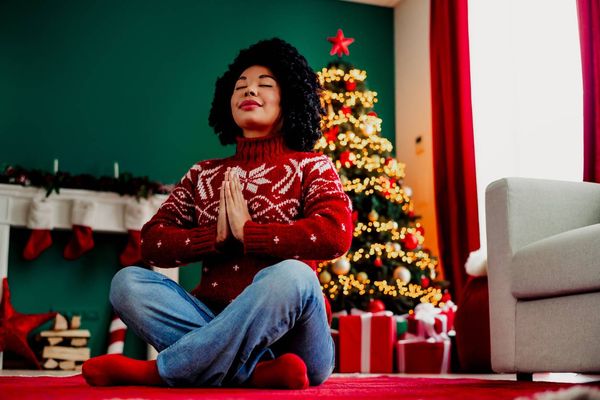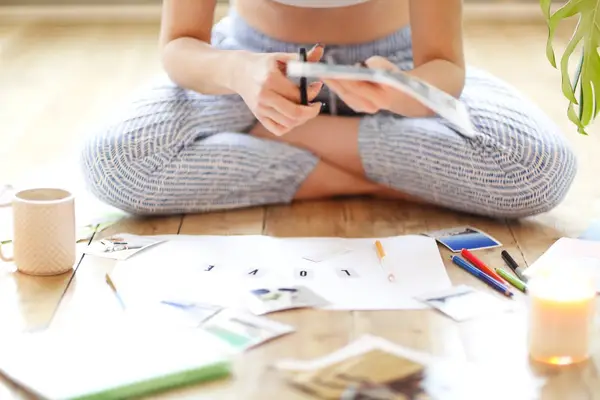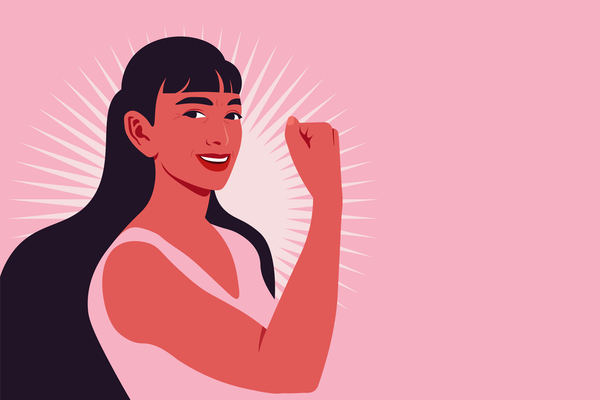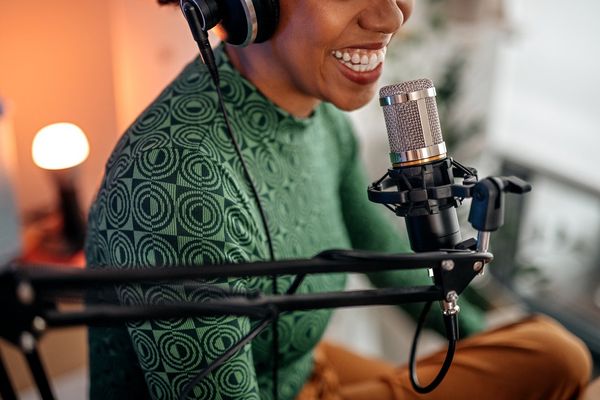The other day in a spin class, the instructor asked, “Do you want to be right or be happy?" I thought about all the times I've made myself unhappy, because I wanted someone else to know that I was right. On the flip side of that experience are the times when I'm oh-yes-fist-pump-happy to be right. The rush is addictive and not sustainable. Like all addictions, being right is a fragile pleasure, which depends on everyone (and the universe) succumbing to my vision of what's right.
The thrill of being right is a reactive pleasure. Being happy is an intentional pleasure. Through the intention to be happy, we may find a path toward more joy, more love, more compassion and more equanimity. If you are Buddhism-inclined, you'll recognize those four conditions as The Brahma Viharas, the four faces of the heart, the states we yearn toward in our suffering. There's no need to be Buddhist to want more of joy, love (aka lovingkindness), compassion and equanimity. Most of us long to live in these states more than we do currently. The way through our less happy moments or longer unsettled periods is to intend more, react less.
Of course, we can't avoid all the setbacks that cause us suffering—illness, losing someone you love, a career failure, not being right all the time. When we bring intention to how we live, instead of simply reacting to what life throws at us, we have better skill to deal with what hurts.
So how do we intend more and react less?
By getting to know ourselves. The deeper our self-understanding, the steadier our course. It is not as much about the specifics of what you intend to do with your life, as intending to be mindful of how your life is right now. This requires listening to your wholeness. Tuning into what your body-mind (no, they are not separate!) tell you. How do you feel physically, emotionally, psychologically and (last and maybe least) rationally, as you consider a decision you are making, an action you are taking, a relationship you are engaged in?
One of the best (but certainly not the only) ways of ramping up mindful living is a meditation practice. Meditation guides us toward mindfulness. That doesn't mean meditation will fix you. I've been on a meditation streak that hit 300 days recently. Am I solved? Am I 100% happy and at ease every day? Of course not.
Here's what's different. I am more aware of the internal stories driving my reactions. I notice more how I am living. I can better articulate how intention and reaction are operating in my day-to-day. Intention drives more. Reaction wants to back seat drive, no surprise. But Intention has the wheel and feels confident in her maneuvering skills.
Another mindfulness tool besides meditation is to set ourselves particular tasks or activities we want to pay attention to. This could be anything from our breath, to eating, to brushing our teeth, to walking or how often we check social media.
In 2018, for example, I took the whole year off shopping for clothes and shoes. This challenge was my effort to notice my habits around consumption and reset my behavior. For me, this was a significant mindfulness effort. When 2019 rolled around, I didn't binge out of the gate on January 1. Instead, I reentered the acquisitive mode with new sensitivity to why-how-when-what of my shopping. Still, I have shopped more than I want.
A few weeks ago, I was visiting a friend and she took me to her favorite store. There were two items I liked, but neither was my size. I wanted! As soon as I got home, I looked online and found the top in three minutes. I felt a bit jittery with delight. I felt the old feeling of acquisition-excitement.
I needed that blouse; the wide collar, the deep cuff, the cowboy detail, the weight of the satin. The blouse would fill a shirt-size gap in my wardrobe. It was expensive, but for such an essential, worth it. Later that night, during a speakers' panel on belt and hub transportation issues in China and Eurasia, I located the pants online and completed the purchase on my subway ride home. Again, expensive, but justified, because I'd wear the pants for years. They were the perfect loose fit for my Wednesday night meditation group (irony of ironies).
Yay! Except this. Within moments I felt sick, like I'd eaten two pizzas in one sitting. I was mad at myself. I tossed and turned in bed. My justifications were shams. The items were stupid expensive. I don't mind spending money on clothes. In fact, I prefer to buy one pricey item that will see me through a lot of years, to ten pieces of fast fashion. But my body rebelled against these purchases. In the middle of my sleepless night, I realized my action had been in reaction to being with my friend. She is tall and thin. Even in jeans, she looks glamorous, ready for a Fashion Week party. I feel a little sloppy and undone next to her. If I bought two items from her favorite store, maybe I'd stretch up a few inches and happen upon some glamour for myself.
After all the agita, when the items arrived, neither met my expectations. I returned them. Though I felt pangs of environmental guilt, I felt light, too, and a renewed intent to pause before I shop.
The pause … the moment of reflection between reactive thought and active engagement is the sweet spot where Intention can intervene, if we give her the space. Be mindful of her needs. She will reward you with greater resilience and ease. Intend more, react less.
MINA SAMUELS is a writer, playwright and performer, and in a previous incarnation, a litigation lawyer and human rights advocate. Her books include, "Run Like A Girl 365 Days: A Practical, Personal, Inspirational Guide for Women Athletes" (Skyhorse Press; June 2019), "Run Like a Girl: How Strong Women Make Happy Lives" (for which she appeared on The Today Show); a novel, The Queen of Cups; and The Think Big Manifesto, co-authored with Michael Port.







